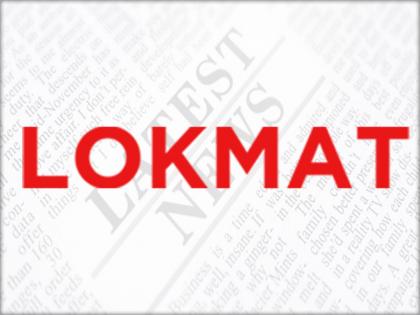MGNREGS can be used to gauge rural distress: Economic Survey
By IANS | Published: July 4, 2019 11:44 PM2019-07-04T23:44:07+5:302019-07-04T23:55:43+5:30
Demand for work under MGNREGS may be used to develop a real-time indicator of distress at the granular district or panchayat level, the Economic Survey 2018-19 said.

MGNREGS can be used to gauge rural distress: Economic Survey
While employment-related National Sample Surveys (NSS) are carried out once in five-six years, district-level GDP is released irregularly.
Distress at the level of a district or panchayat is difficult to identify in real-time using the current datasets, said the survey, tabled by Union Finance Minister Nirmala Sitharaman in Parliament, on Thursday.
"The NSSO surveys, though they are available at the household level, are released after a gap of almost two years from the date of the surveys.
"As an adverse economic shock significantly reduces consumption expenditure of the household, it is important to provide assistance to the household at the right time," the survey said.
By utilizing information on demand for work under MGNREGS (Mahatma Gandhi National Rural Employment Guarantee Scheme) and correlating it with other real-time measures of weather that lead to rural distress, a dashboard can be created which flashes 'alerts' from areas under local distress to enable policymakers to act in a timely manner to alleviate such distress, the survey said.
"As demand for MGNREGS work is also affected by the governance capacity in the state, this indicator of real-time distress can be constructed after accounting for the effect of the same," it said.
The survey also said the objective of the scheme to enhance livelihoods for households can be reinforced by enabling them to acquire suitable skills, which in turn will help them increase incomes and provide horizontal and vertical mobility to them.
It also said technology can be used in welfare schemes to improve end to end governance, create a robust evidence-based implementation framework, streamline the processes, timely transfer of funds to implementing agencies and beneficiaries, plugging of leakages, optimum utilization of public funds and improving overall performance (outputs/outcomes) of the programmes.
It also significantly improves transparency and accountability and above all, ensuring that right benefits reach the right beneficiary at the right time, said the survey.
( With inputs from IANS )
Open in app